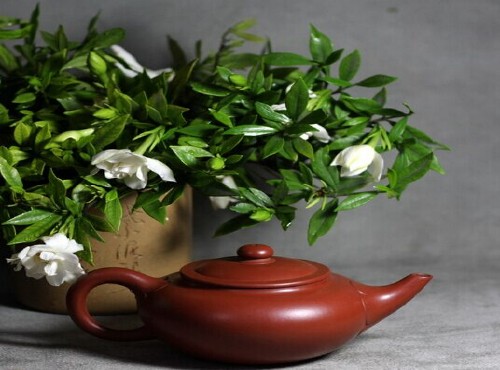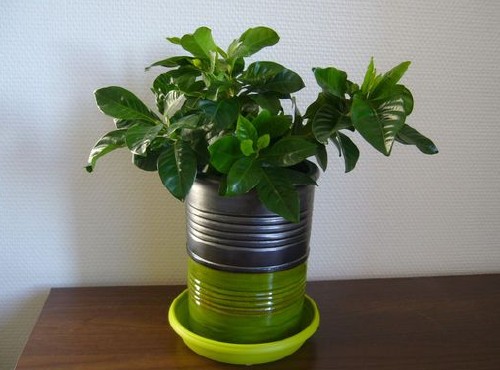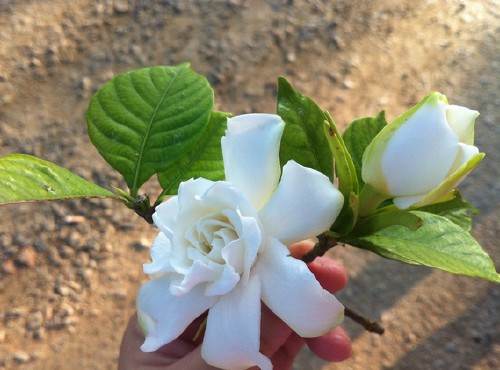The method of shaping and pruning in Gardenia Culture
Gardenia is native to all provinces and regions south of the Yangtze River Basin in China. It is warm and humid, cold resistant, suitable for growth at 18~28℃, and the winter temperature is not lower than-10℃. Like light, but also resistant to semi-shade, direct light, high temperature plus too much watering, easy to cause yellow leaves in the lower part, or even the whole plant death. It should be loose and fertile, acid soil with good drainage, pH value of 4.5~6.0, more than 6.5 leaves begin to yellow, with the passage of time, leaves gradually fall off from bottom to top. Gardenia has strong resistance to sulfur dioxide and poor resistance to soot.

Gardenia cut off the top to promote branching is conducive to more flowers. Gardenia flowers are mostly three-pronged branches, often forming overlapping branches, seriously affecting ventilation and light transmission, resulting in thin and disordered branches, so timely pruning can form beautiful plant type. Gardenia is an evergreen shrub with large leaves and large flowers. The main branches should be few and not many.
First of all, we should cultivate an upright trunk, which can be branched. Flower buds are formed in April every year, so when removing branches on some trunks in April and May, care should be taken to retain flower buds. In June, flowers will be cut off immediately after failure, which can reduce nutrient consumption and promote new branches. When the new branch grows to 2~3 nodes, the first topping is carried out, and part of the axillary buds are erased to avoid excessive and disorderly crowding. In August, 3 branches are picked and crown is cultivated. After 2~3 years, dignified and beautiful potted gardenia can be formed.
Gardenia easy to sprout branches, disturb tree type, should be at any time for shaping pruning, pick unwanted buds. 5-7 The moon must be picked to promote flower bud differentiation.
Time: 2019-06-12 Click:
- Prev

Fertilization method of Gardenia jasminoides culture
Gardenia likes fertilizer, in addition to pot-changing application of organic fertilizer as base fertilizer, the growth period should also be diligent topdressing, it is appropriate to apply thin fertilizer frequently. During the growth period, organic liquid fertilizer should be applied every 10 days or so, and 10%-15% cake fertilizer and water should be applied every 10 days or so. After budding, quick-acting phosphate fertilizer should be applied for 2 to 3 times.
- Next

Sowing and cultivation of Gardenia jasminoides
Generally, ripe fruits with full and dark red color are selected to be dried or dried. Before sowing, cut the pericarp of the seeds with scissors, dig out the seeds, rub them in hot water, remove floating seeds or impurities, then fish out the sunken full seeds, spread them on the bamboo mat, and put them in a ventilated place to dry too much moisture.
Related
- Fuxing push coffee new agricultural production and marketing class: lack of small-scale processing plants
- Jujube rice field leisure farm deep ploughing Yilan for five years to create a space for organic food and play
- Nongyu Farm-A trial of organic papaya for brave women with advanced technology
- Four points for attention in the prevention and control of diseases and insect pests of edible fungi
- How to add nutrient solution to Edible Fungi
- Is there any good way to control edible fungus mites?
- Open Inoculation Technology of Edible Fungi
- Is there any clever way to use fertilizer for edible fungus in winter?
- What agents are used to kill the pathogens of edible fungi in the mushroom shed?
- Rapid drying of Edible Fungi

